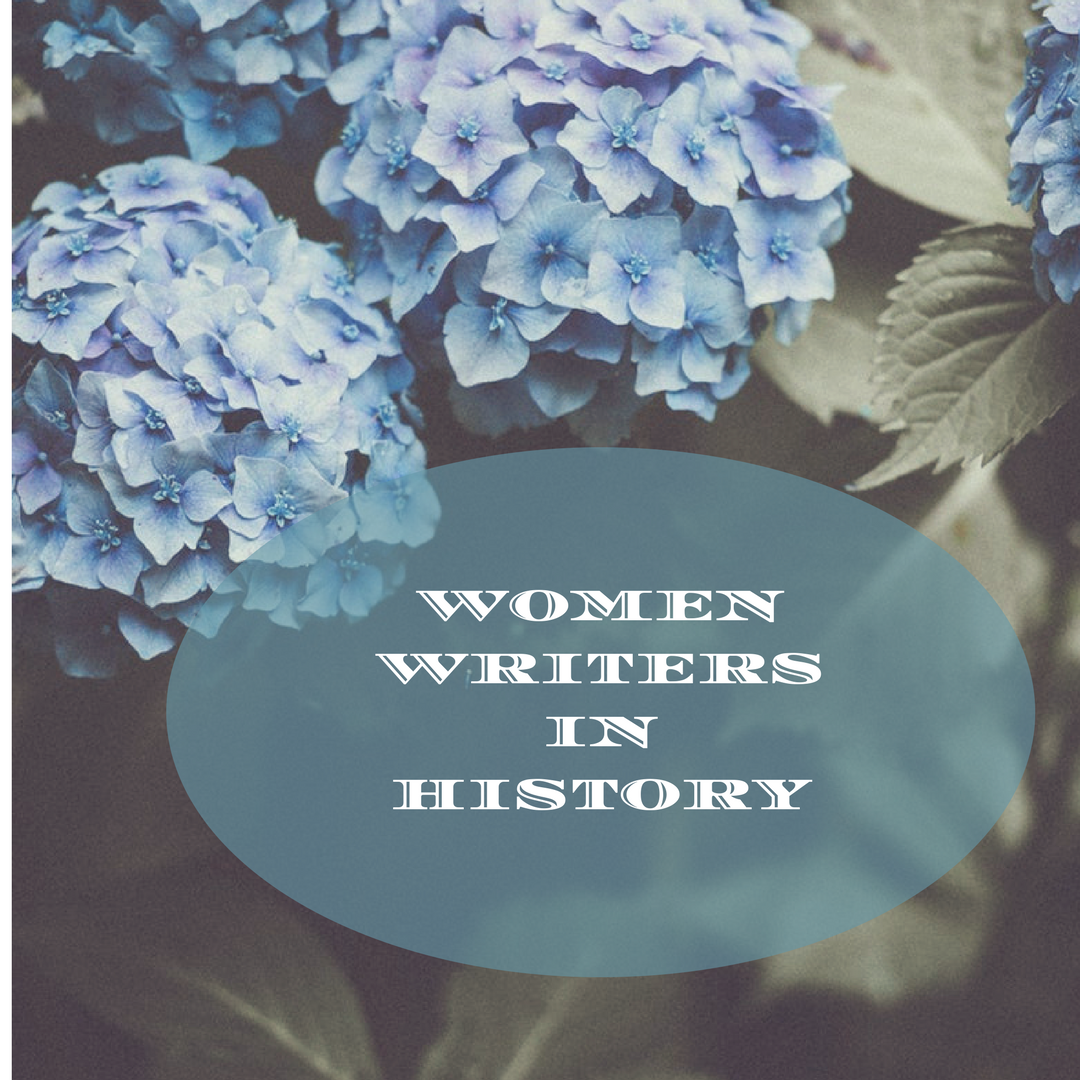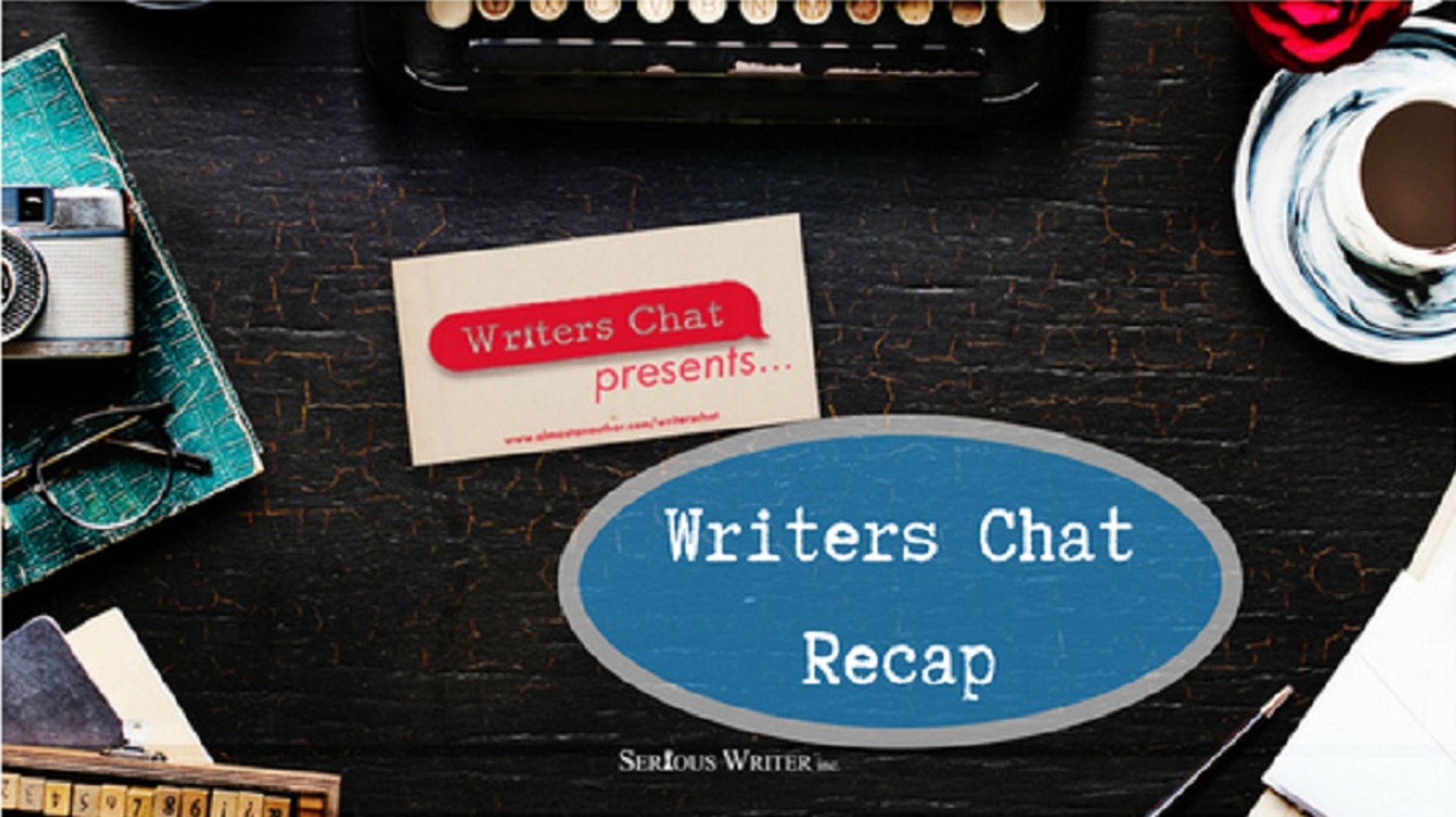
Kids Lit
Writing is a Group Activity!
I recently went to an in-person retreat – one of the few I have gone to since COVID-19. I…
November 8, 2024
I recently went to an in-person retreat – one of the few I have gone to since COVID-19. I…
November 8, 2024
I love having family and friends who teach at elementary schools for lots of reasons, but especially because of…
July 16, 2020
A query letter is your chance to make a great first impression at a publishing house or a magazine,…
April 21, 2019
I’ve decked the halls at the Ross Ranch with all manner of Christmas splendors, adorning trees and every random…
December 2, 2018
Writers Chat, hosted by Jean Wise, Johnnie Alexander, and Bethany Jett, is the show where we talk about all…
October 15, 2018